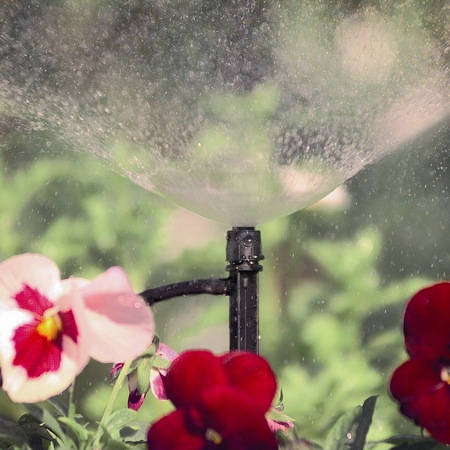_tessarecting
ஓ
Looks good...grab a few bales of rice straw if you want to water less and avoid surface crust
Mizer, any trouble when you're spraying the stem?
flboy, thanks man. I'm always peekin at your progress.
Slow, I've been meaning to devise something to guard the stem. I'll have to check out the Jain products. The Antelco's I use are only 50 cents but hopefully next year I'll have the funds to spend money on dialing it in further. I'm still unsure about sprayers for anything other than flat beds. I have to pay close attention to placement to make sure the sprayers hit the sides of my mounds as they're pretty steep. Why do you like micro sprinklers as opposed to drip?
Looks like your sprinkers throw streams downward vs a spinning head that throws water all around. Am I correct? This is the type of pattern that should be used.
Do you know which head you are using from Jain? I really like that pattern from what I can see.



